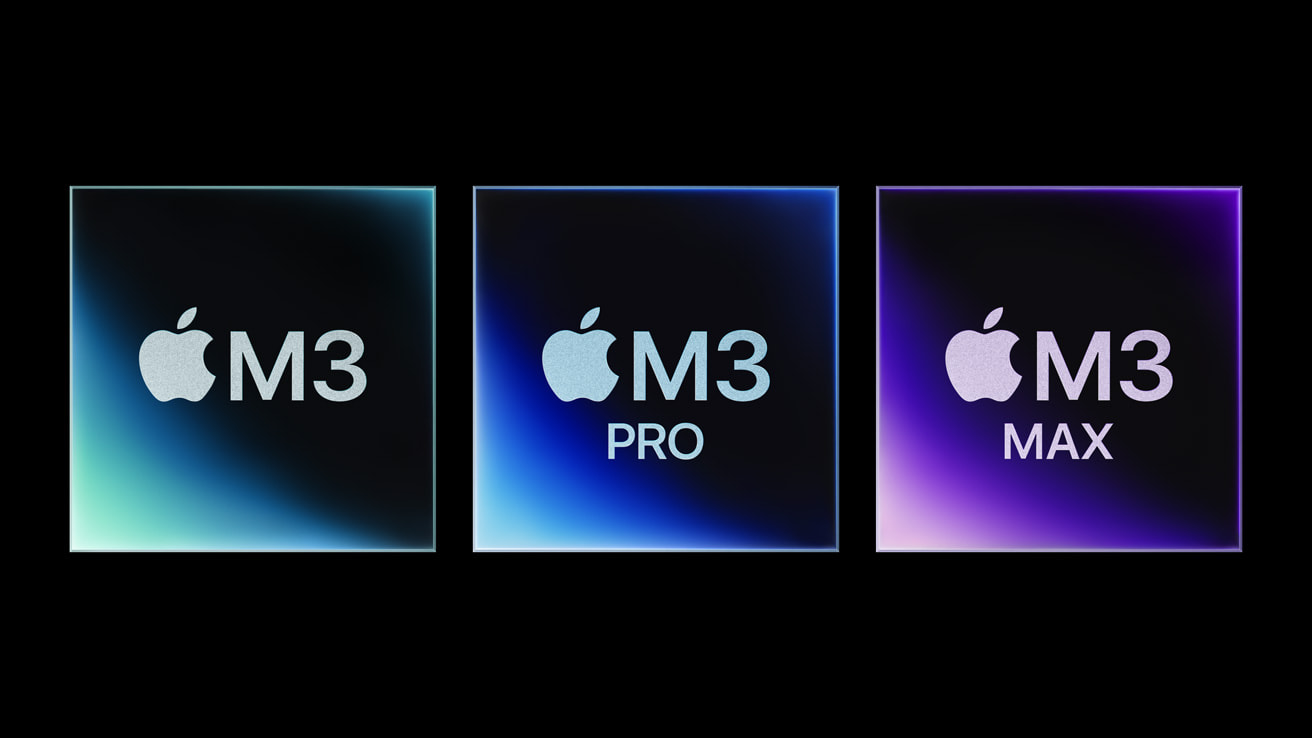MacBook Air M3 Makes Amends for M2's Storage Blunder

Apple's latest M3 model resolves a significant customer grievance. The base model M2 Air's slow storage speeds have been resolved, restoring performance to par with the M1 generation. According to independent tech reviewer GregsGadgets, the M3 Air has far faster SSD performance than its M2 predecessor. This improvement results from Apple's choice to switch the base model's storage back to a dual-NAND chip configuration. The M2 Controversy: One Chip, Half the Speed? The M2 MacBook Air's release was met with some criticism due to an unexpected adjustment in the base model's storage architecture. Rather than using two 128GB NAND chips as in the M1, Apple decided to employ a single 256GB NAND chip. Performance suffered noticeably as a result of this modification, especially in read and write speeds. Through their examination, tech teardown specialist Max Tech verified this and revealed the single-chip configuration. Why the Change? Cost vs. Performance Many thought that Apple's choice was motivated by cost reduction. In general, using a single chip is less expensive, which lowers the price of the base model. Lower production costs were, however, exchanged for a trade-off that eventually hurt performance and customer satisfaction.  Dual is Better: Speed Gains and Parallel Processing Dual NAND chips have the benefit of being able to handle many jobs at once. Performance is much faster thanks to the parallel processing than with a single chip. Fortunately, it appears that Apple recognized the M2's problems and fixed them with the M3. Looking Forward: More Monitors, But RAM Concerns Remain Support for external displays is another user request that Apple has complied with. Users can now attach two displays to the M3 Air, increasing its multitasking capabilities. There is a catch, though: the laptop's display must be closed while using two displays. Some people feel that 16GB of RAM is a minimum in today's demanding computing environment, yet the base model M3 Air only has 8 GB. Although upgrades are offered, their added cost may encourage consumers to choose for more expensive configurations. Conclusion: A Step Forward, But Room for Improvement The MacBook Air M3 has received overwhelmingly good reviews that highlight both its amazing performance and elegant design. Nonetheless, there is still debate around the 8GB RAM limit on the cheapest model. Even while the M3 resolves the storage problem around the M2 and provides better alternatives for displays, there's always potential for improvement.
Dual is Better: Speed Gains and Parallel Processing Dual NAND chips have the benefit of being able to handle many jobs at once. Performance is much faster thanks to the parallel processing than with a single chip. Fortunately, it appears that Apple recognized the M2's problems and fixed them with the M3. Looking Forward: More Monitors, But RAM Concerns Remain Support for external displays is another user request that Apple has complied with. Users can now attach two displays to the M3 Air, increasing its multitasking capabilities. There is a catch, though: the laptop's display must be closed while using two displays. Some people feel that 16GB of RAM is a minimum in today's demanding computing environment, yet the base model M3 Air only has 8 GB. Although upgrades are offered, their added cost may encourage consumers to choose for more expensive configurations. Conclusion: A Step Forward, But Room for Improvement The MacBook Air M3 has received overwhelmingly good reviews that highlight both its amazing performance and elegant design. Nonetheless, there is still debate around the 8GB RAM limit on the cheapest model. Even while the M3 resolves the storage problem around the M2 and provides better alternatives for displays, there's always potential for improvement.
Leave a Reply

Apple's iOS 18: A Leap into the AI Era

Google's Regular Pixel 8 Won't Get Gemini Nano AI

Samsung Unveils the Galaxy M15 5G

Elon Musk's xAI to Open-Source Chatbot Grok

Contra: Operation Galuga - A Modern Run-and-Gun Classic




